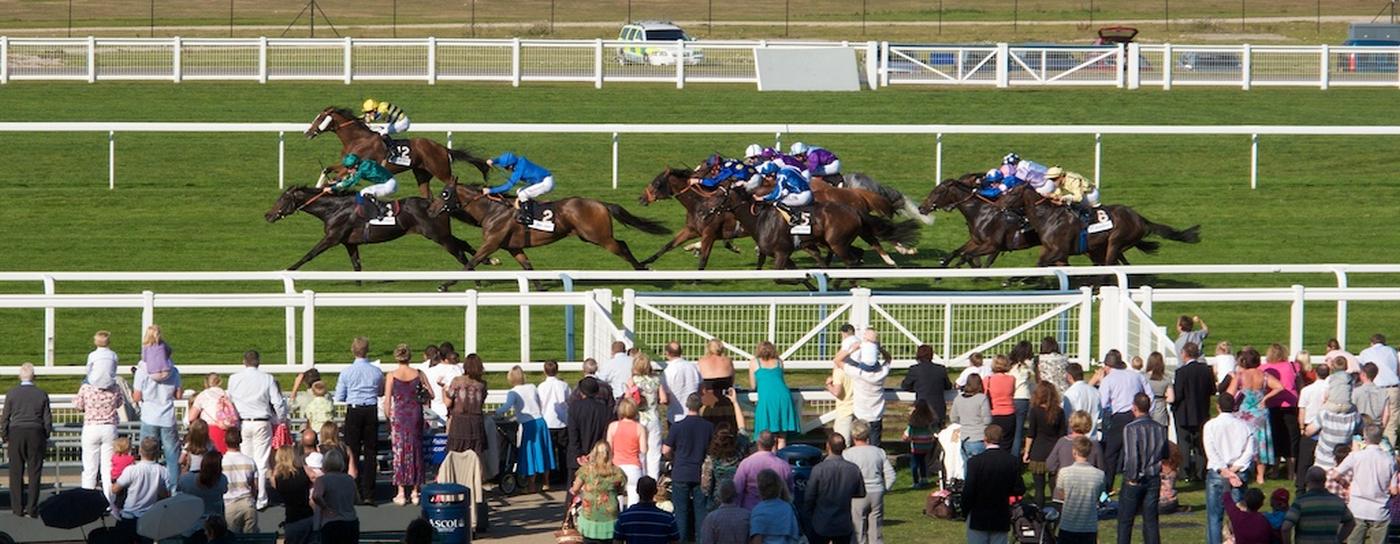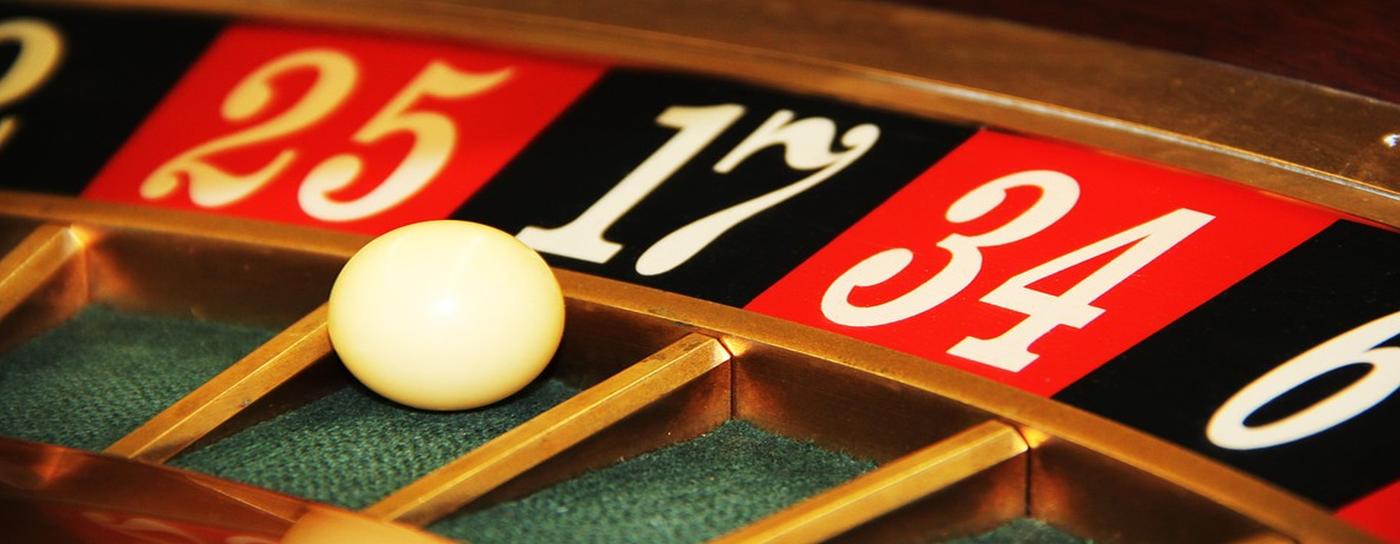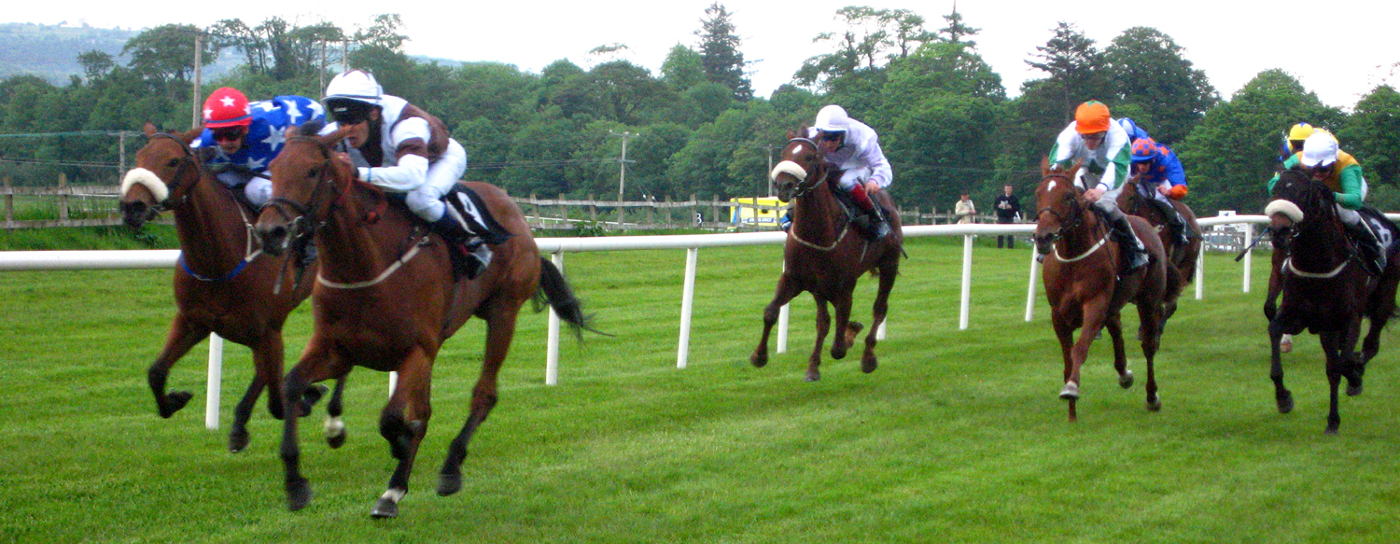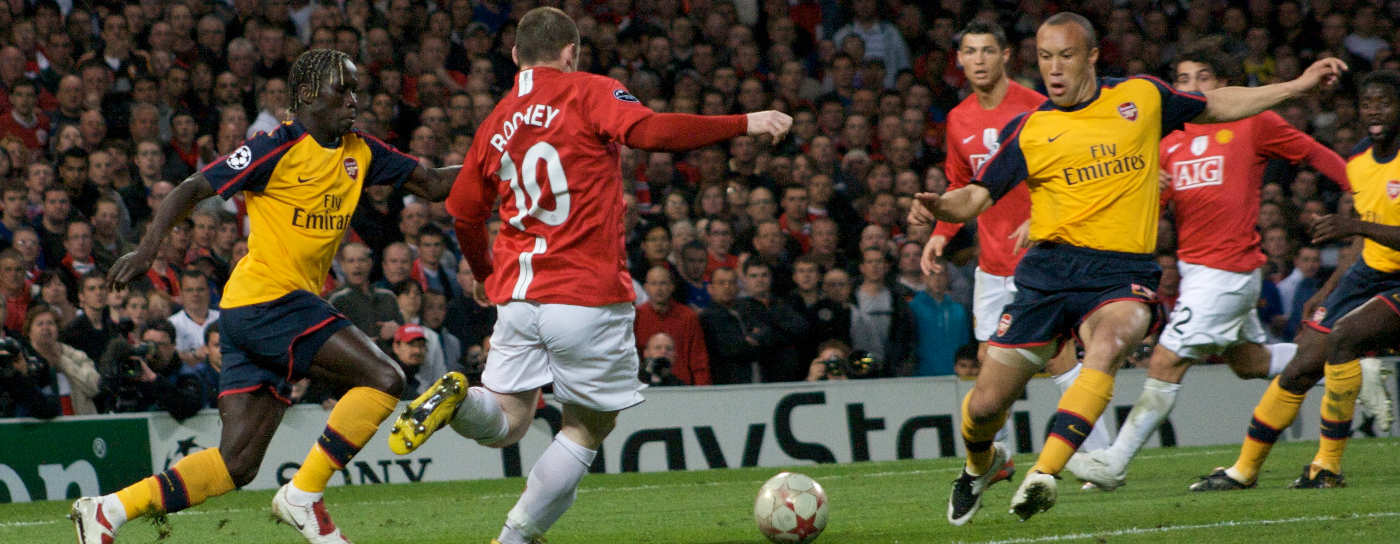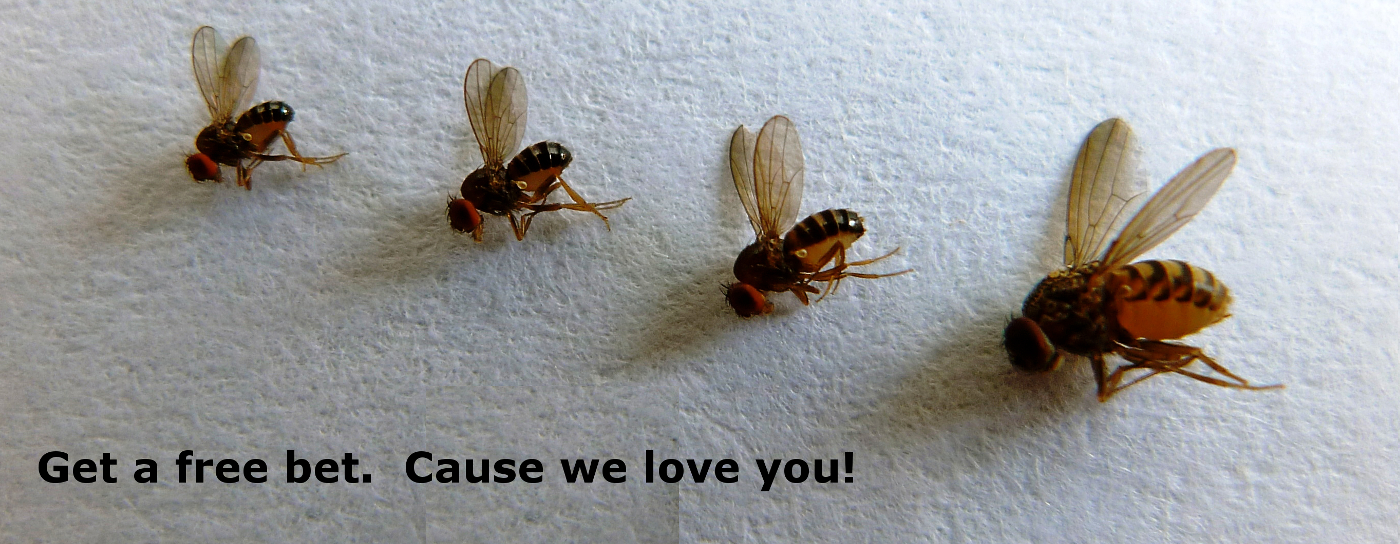
WEA Pedagogy Blog Perspectives on Economics & Society
Since day one J4P’s work (funded by our own money, no financial conflicts with us) has aimed to contribute towards what should be the safest and fairest gambling market in the world.
A legal, well regulated gambling market is to be welcomed. It should enable people to enjoy their gambling in the safest and fairest ways. It’s clear the UK’s regulated gambling market hasn’t achieved this or we wouldn’t be having the Gambling Act (2005) review.
Yesterday was one week since the Department for Digital, Culture, Media and Sport (DCMS) announced the start of the review. What have we heard?
It’s been a mixture of accurate information, innocent misinformation, less innocent misinformation and lies. We will be suffering this for months unless informed, well prepared people with no financial ‘skin in the game’ are allowed to contribute to media and interact with the DCMS regularly.
Due to their financial muscle and their highly paid lobbyists the gambling industry is always going to dominate the media in these early stages. The money enables the gambling industry to employ or pay for organisations who employ people full-time, so they are well prepared and available. What have they been saying?
The central themes seem to be that the Gambling Act review must;
- be evidence based (when it suits).
- not forget that gambling disorder only affects a tiny percentage of the population, so let’s not get things out of context.
- not forget that the gambling industry has already made significant improvements since it wasn’t “best in class,” so “what happened before is no longer happening.”
- strike a balance between protecting those who are vulnerable (“one problem gambler is one too many”) and allowing the “30 million people who gamble safely” to continue to do so.
- not “push customers to the black market.”
- protect jobs and the income the gambling industry provides (tax and otherwise, e.g. sponsorship).
It’s also important to refer to gambling disorder as being problem gambling, thus the gambler is painted as the problem, not the gambling industry. Everyone knows, that problem gambling is a term many use outside the industry as well, but this needs to stop, language is important.
Let’s begin with the cry for the review to be evidenced based. Nothing wrong with this, but there is absolutely no chance of it happening. Somewhat crucially, a lot of what will be discussed as part of the review lacks empirical evidence, which is a bit of problem (Ed: is it really), but best to keep it relatively quiet.
A call for evidence based actions has been used by many industries to slow down change. This review will be no different, but what we must never forget is that there is no empirical evidence base for the safety of gambling products and gambling company service processes. This means the cry for an evidence base can work both ways, e.g. the only gambling that should continue post the review is where there is an evidence base that particular products or gambling service processes are as safe as they could possibly be (Ed: ooh, you naughty boy).
The lobbyists are already out there twisting the limited evidence we have. An example of this was Bridget Simmonds of the Betting and Gaming Council (BGC) on the ‘Luck on Sunday’ show very confidently quoting a figure of 0.5% for the prevalence of gambling disorder. It really is quite amazing how somebody can be so confident of this figure when published peer reviewed research has produced quite a number of different figures for the prevalence of gambling disorder (generally, but not always above 0.5%). Any way let’s ‘go with the evidence’ and make a guess near the lower end that can be referenced. This is a classic lobbying tactic, i.e. make out you understand research and keep telling everyone a figure is correct, so it becomes the truth. If you have no ‘skin in the game’ you would probably conclude 0.7% is our ‘best guess’ based on the balance of the available evidence (see references at the end). It might not sound much, but for those of you who are good punters, you’ll know it’s a huge difference; 2/5 (40%) to be precise.
It’s also questionable to just quote an overall percentage so confidently, because this hides so much important information, e.g. the data for sex and age. In general gambling disorder is more prevalent in young male adults (https://files.digital.nhs.uk/publicationimport/pub13xxx/pub13218/hse2012-ch7-gambling-behaviour.pdf see table 7.10).
(Ed: If I hear another person say gambling disorder in health terms is rare I will scream. It isn’t, it has a similar prevalence to type-1 diabetes and epilepsy. The only difference is that society, the NHS and just about anybody else has given little thought to the harm it causes and how best it could be managed).
We’re already on to bullet point 3, so what about this movement away from “not best in class”? The question mark is very applicable, because nobody has explained whether the industry is now top of the class, mid table or one place above “not best in class”. What J4P can safely say is that many of the poor practices of the past are still around in 2020:
- Circa 60K lost in under five months during 2020 all ably assisted by a VIP manager (oops sorry a ‘Relationship Manager’ [Ed: steady]).
- Circa 5K lost in 90 seconds on roulette during lockdown post ‘red flag triggers’ on the account.
- Just under 6K lost in around three hours on an account that previously had no bet bigger than £5, which was on the virtual Grand National.
Please note all these examples are Betting and Gaming Council member customers. J4P has more examples of poor gambling company behaviour during 2020.
Moving on to bullet points 4 and 5. Bullet point 4 is something J4P is 100% supportive of. J4P’s volunteers are people who enjoy betting. What we don’t enjoy is that those who use skill are not welcome in the modern betting market; not even £10 stakes are welcome. These customers often pay good money to various betting service providers to develop and maintain those skills, i.e. support jobs. This fact is made worse when you regularly read how some people have been coerced into ruining their lives by greedy business plans and a lack of regulation. Nevertheless, J4P is supportive of the freedom to bet in a market that is as safe and as fair as possible. To achieve this is extremely difficult, but so many jobs, not just in the gambling industry depend on this outcome. If this is done well, it will also protect vulnerable people far better than the ‘black market’.
The lobbyists appear to be well versed in the ‘black market’. They must be, because they talk and write about it at every opportunity. Apologies for another mention of the ‘Luck on Sunday’ show, but Nick Luck doesn’t have 180 seconds to talk about subjects on his show he has time, which is crucial for such complex debates.
Again Bridget Simmonds of the BGC talked about the ‘black market’ on the show. She quoted a figure of 40% using the ‘black market’ in Sweden. Where this figure comes from is a mystery, because it certainly doesn’t come from the Swedish regulator (https://igamingbusiness.com/bos-sweden-failing-to-channel-players-to-legal-offerings/ Even that most reliable source of independent information an affiliate website doesn’t find as high as 40%. https://affiliateinsider.com/featured-story/affiliates-encouraging-unregulated-activity-sweden-bonusfinder/). Ms Simmonds said that the UK must avoid this situation, without appearing to consider, that the UK and Swedish gambling markets have historically been completely different, so whatever, any comparison whether it uses unreferenced data or not is a waste of time (Sweden’s licensed online market opened for the first time on January 1st 2019 – https://gamblingcompliance.com/focus/swedish-online-licensing).
It is also worth noting that Ms Simmonds said the ‘whistle to whistle’ advertising ban had reduced children’s exposure to gambling advertising by 97%. She said this literally less than a couple of minutes after her warning about misinformation. The truth about the ‘whistle to whistle’ ban is that it has reduced traditional TV gambling adverts just before, during half time and just after live sport by 97%, however, it hasn’t reduced how many times children see gambling advertising during live sport per se by anywhere this amount. This is due to round field advertising, sponsored shirts, on-pitch advertising, advertising on boards behind player/coach/interviews, etc. In fact it has barely made any difference at all overall according to a recent academic paper (https://www.sciencedirect.com/science/article/pii/S0033350620300512). Yes, it’s clear we do need to be wary of misinformation, wherever it comes from.
The final bullet point (6) is an important one. As already mentioned J4P is concerned about the impact the review might have on jobs particularly in places like Stoke, which isn’t the wealthiest place in the UK. J4P also has concerns about jobs outside the gambling industry where a sport is intrinsically linked with betting, e.g. horse and greyhound racing. Nevertheless, jobs should not be funded by income from those with a gambling disorder or unfair practices.
It’s worth noting, despite the huge favour done by the Blair government of 2005 for the gambling industry, that all the major gambling companies have chosen to cite their websites offshore, often under different company names (entities) to reduce their taxation burden. You don’t have to be Einstein to also realise that these companies have staff in Gibraltar, Malta and the Isle of Man instead of providing employment in the UK. This situation also enables unfair competition, which impacts on the purely UK based smaller gambling companies, who pay full taxes and employ all their staff in the UK.
Conclusion
The media coverage of the Gambling Act (2005) review has got off to a mixed start during the first week.
It’s worthwhile going back to the fourth paragraph of this blog and remembering this quote, “It’s been a mixture of accurate information, innocent misinformation, less innocent misinformation and lies.”
J4P views it has an inauspicious start and it fills us with dread, because it simply confirms our worst fears. Who with no ‘skin in the game’ will be informing the media and the DCMS what good evidence is, where it exists and where it doesn’t? If good evidence doesn’t exist, who will provide an independent risk assessment of the best way forward?
The quality of people’s lives and jobs depend on it, so if you are innocently misinforming, please take a bit more time to prepare and if you’re intentionally misinforming, please get lost, you’re not welcome.
J4P’s volunteers want to bet in a safer and fairer gambling market that has been informed by the best evidence available. The best evidence must be synthesised to the best of everyone’s ability, i.e. not twisted for agendas. It’s not too much to ask, unless you have no wish to both gamble in a fair market and protect those with a gambling disorder from harm.
References alluded too, but not linked to earlier
http://www.gamblingcommission.gov.uk/PDF/survey-data/Gambling-participation-in-2019-behaviour-awareness-and-attitudes.pdf (2019 – 0.5%)
https://www.gamblingcommission.gov.uk/PDF/survey-data/England-Health-Survey-Findings-2016.pdf (2016 – 0.7%)
https://assets.publishing.service.gov.uk/government/uploads/system/uploads/attachment_data/file/243515/9780108509636.pdf (2010 – 0.9%) ***
http://www.nationalcasinoforum.co.uk/wp-content/uploads/2013/11/British-Gambling-Prevalence-Survey-2007.pdf (2007 – 0.6%)
http://www.nationalcasinoforum.co.uk/wp-content/uploads/2013/11/British-Gambling-Prevalence-Survey-1999.pdf (1999 – 0.6% on a comparable scale to other years, higher on the other scale used at 0.8%).
*** This study is regarded as being of higher quality than anything completed later.
Notes:
- You could double the number of references, but little would change, except to highlight some studies that should be deemed as outliers.
- No study has ever used ‘gold standard’ research methodology due to budgetary limitations.
- When you add in confidence intervals, as you really should, the spread of possible outcomes becomes greater for the prevalence of gambling disorder.
- There are many more people at risk from gambling disorder than those who are diagnosed with it, e.g. family members and others who are deemed at risk, but at a lower level of perceived risk than an actual diagnosis of gambling disorder.
- This means nobody should quote any basic percentage for the prevalence of gambling disorder with any confidence.

